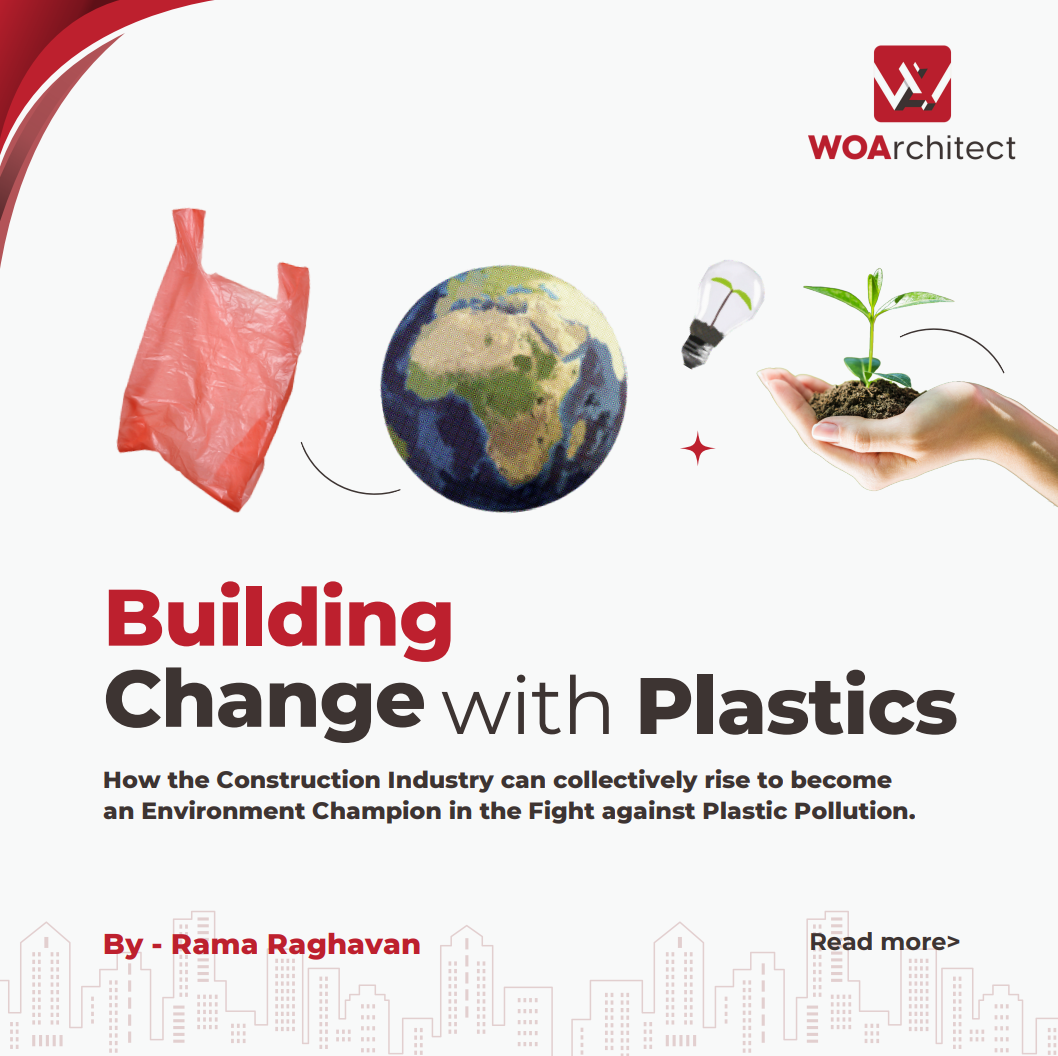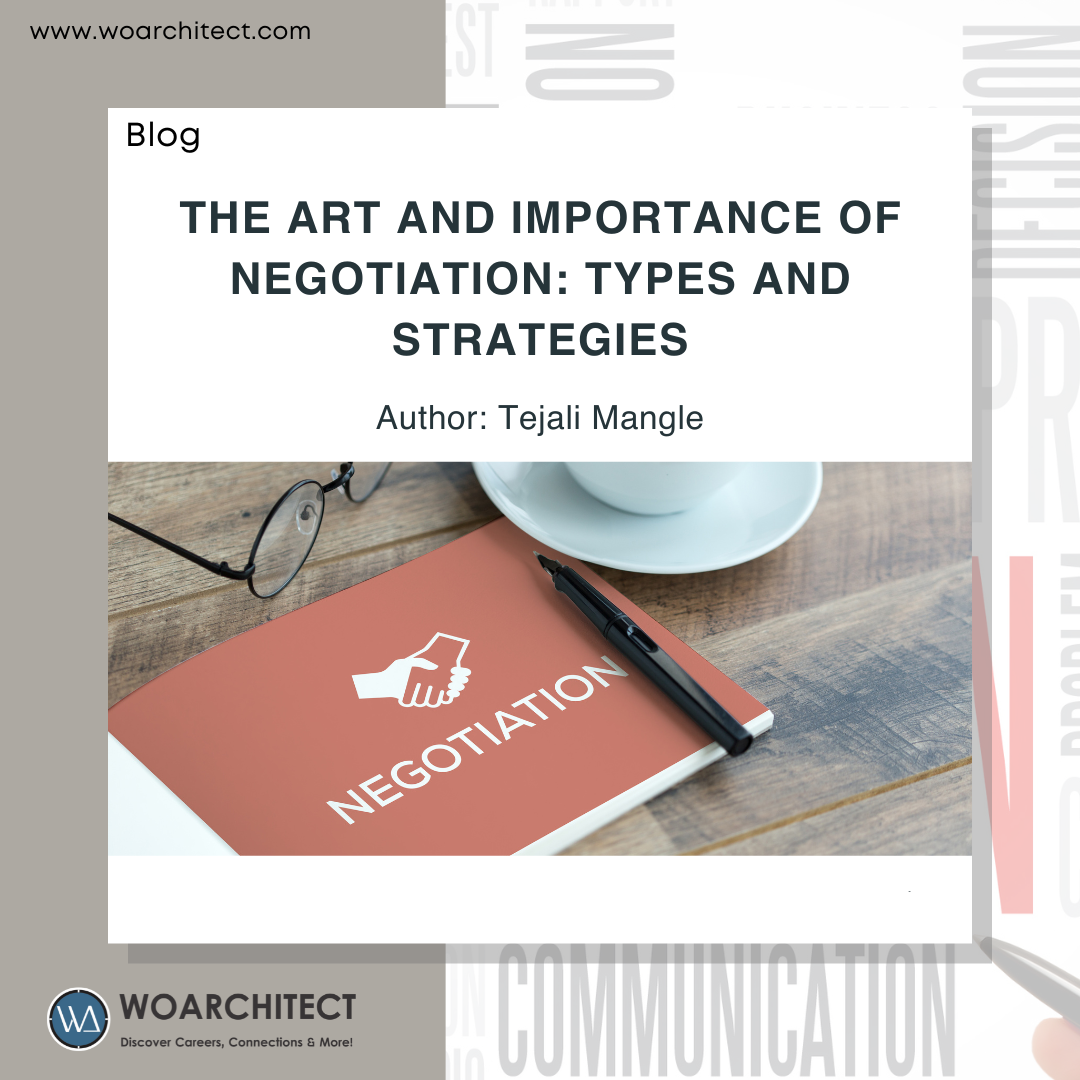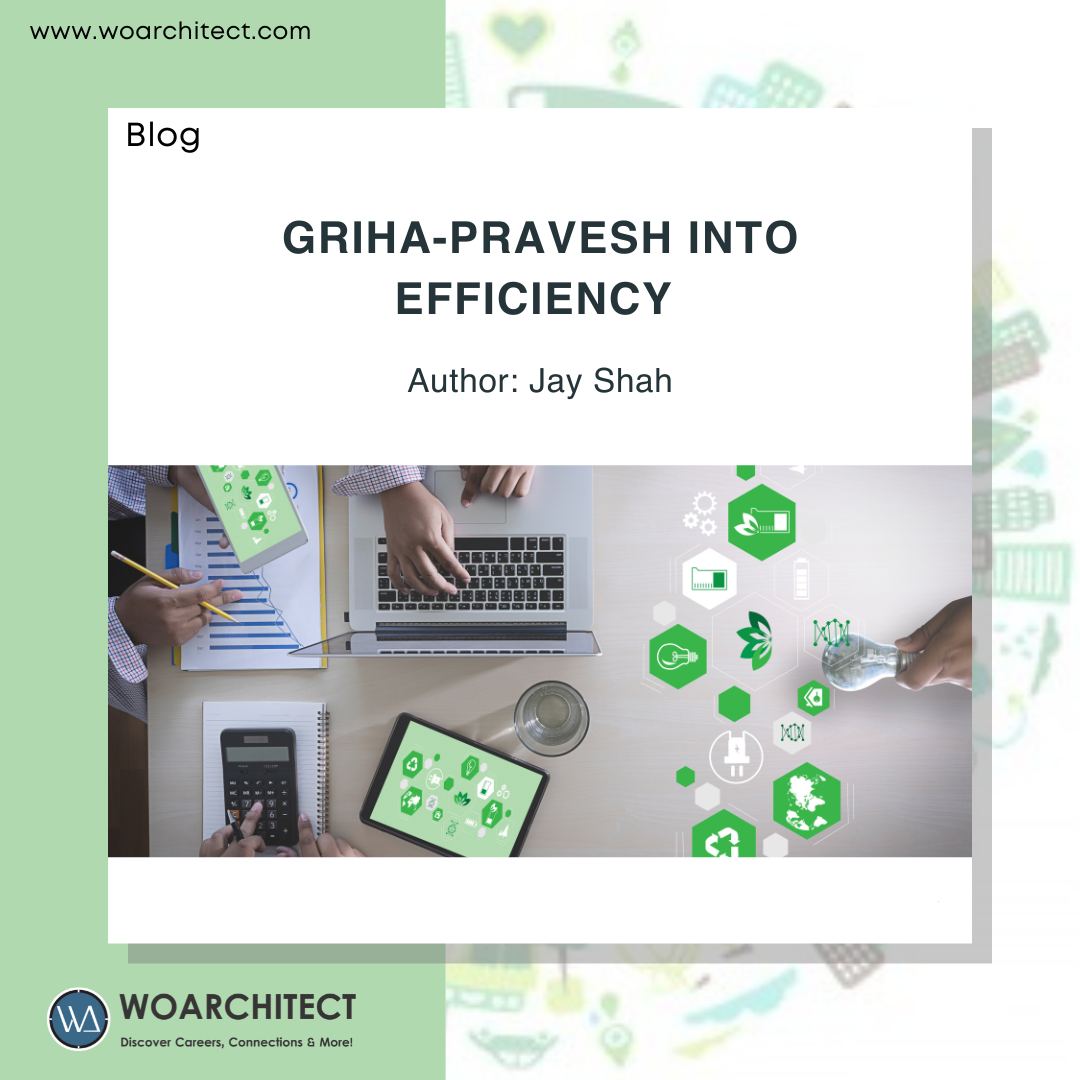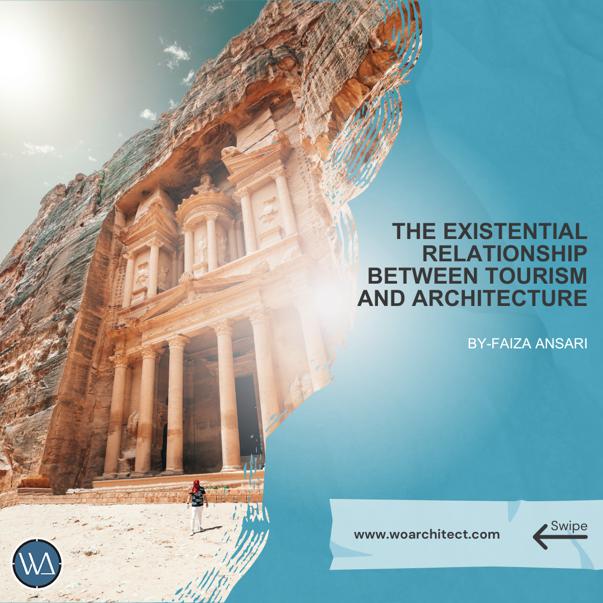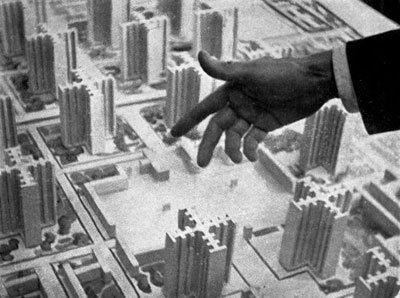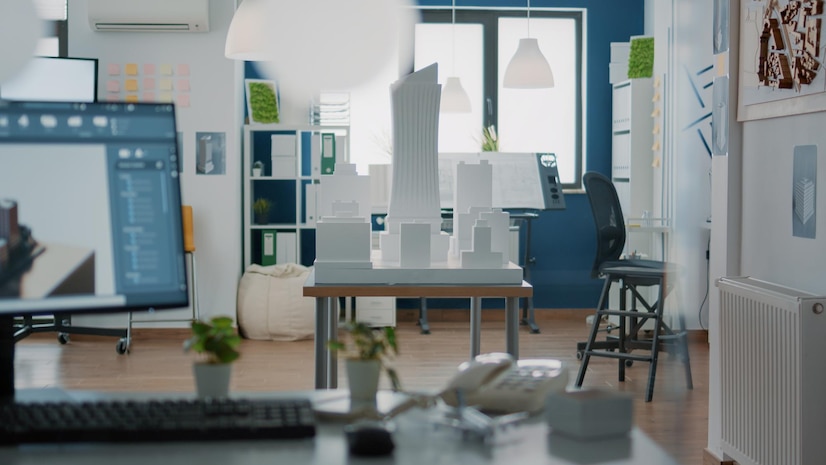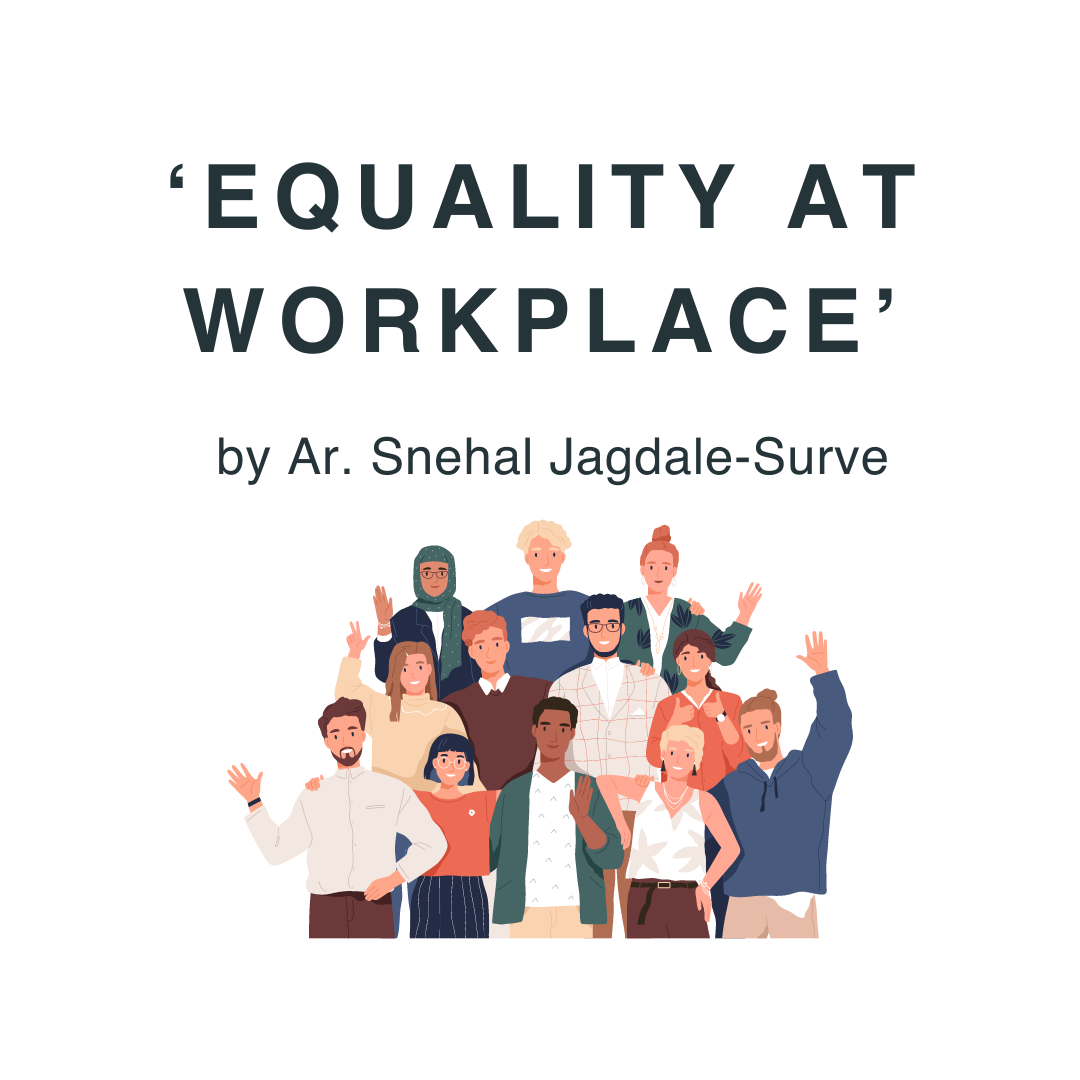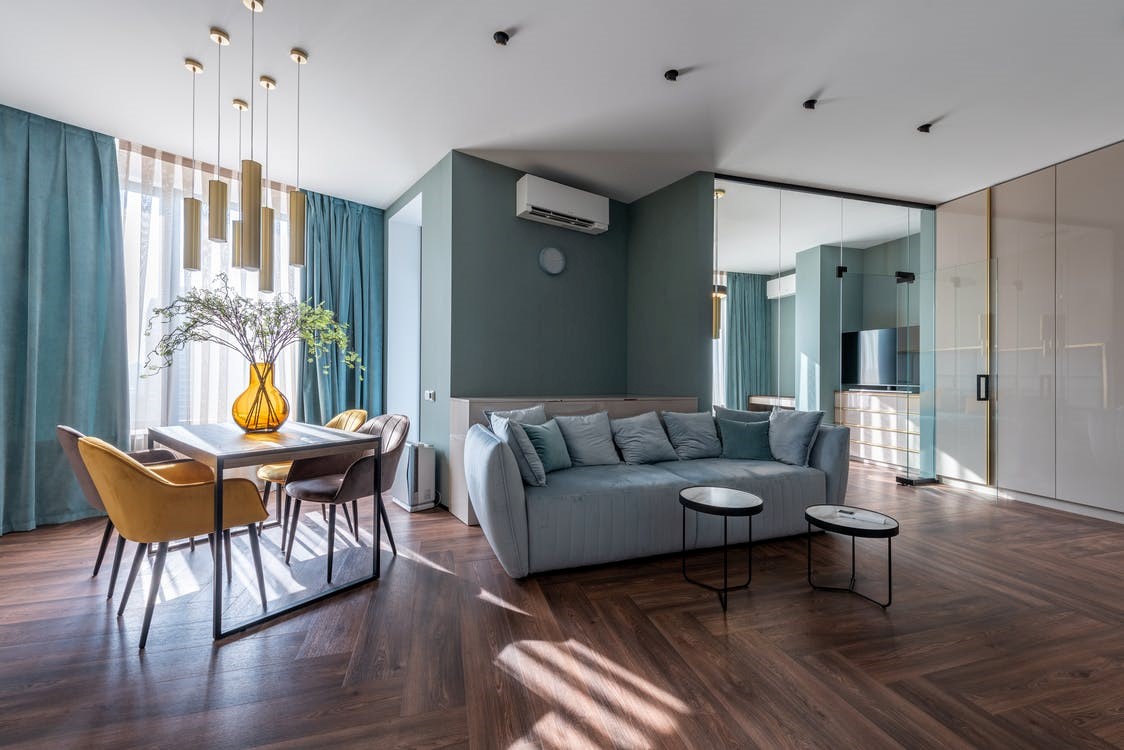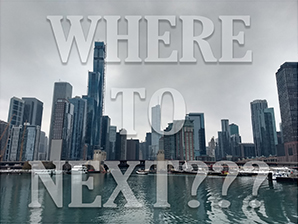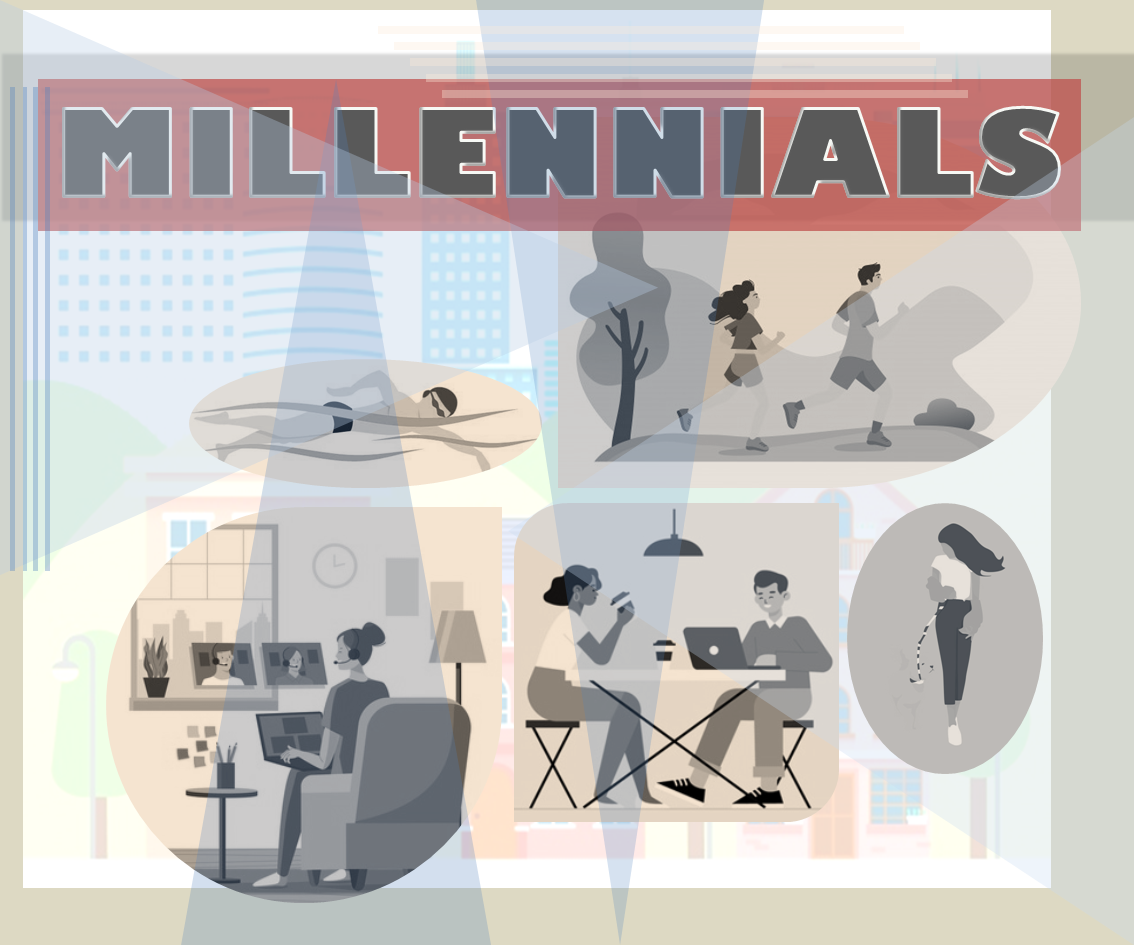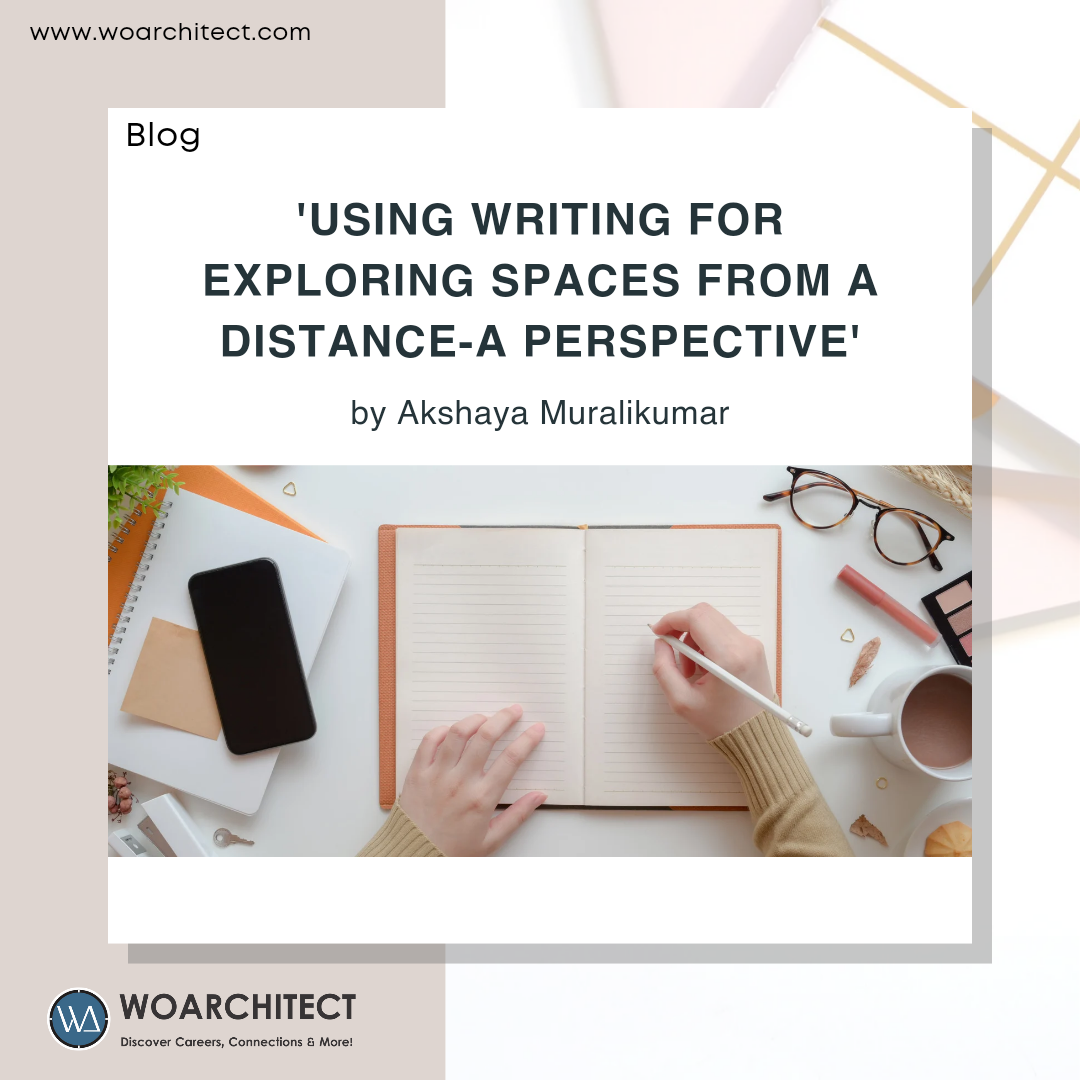
Using writing for exploring spaces from a distance - A perspective
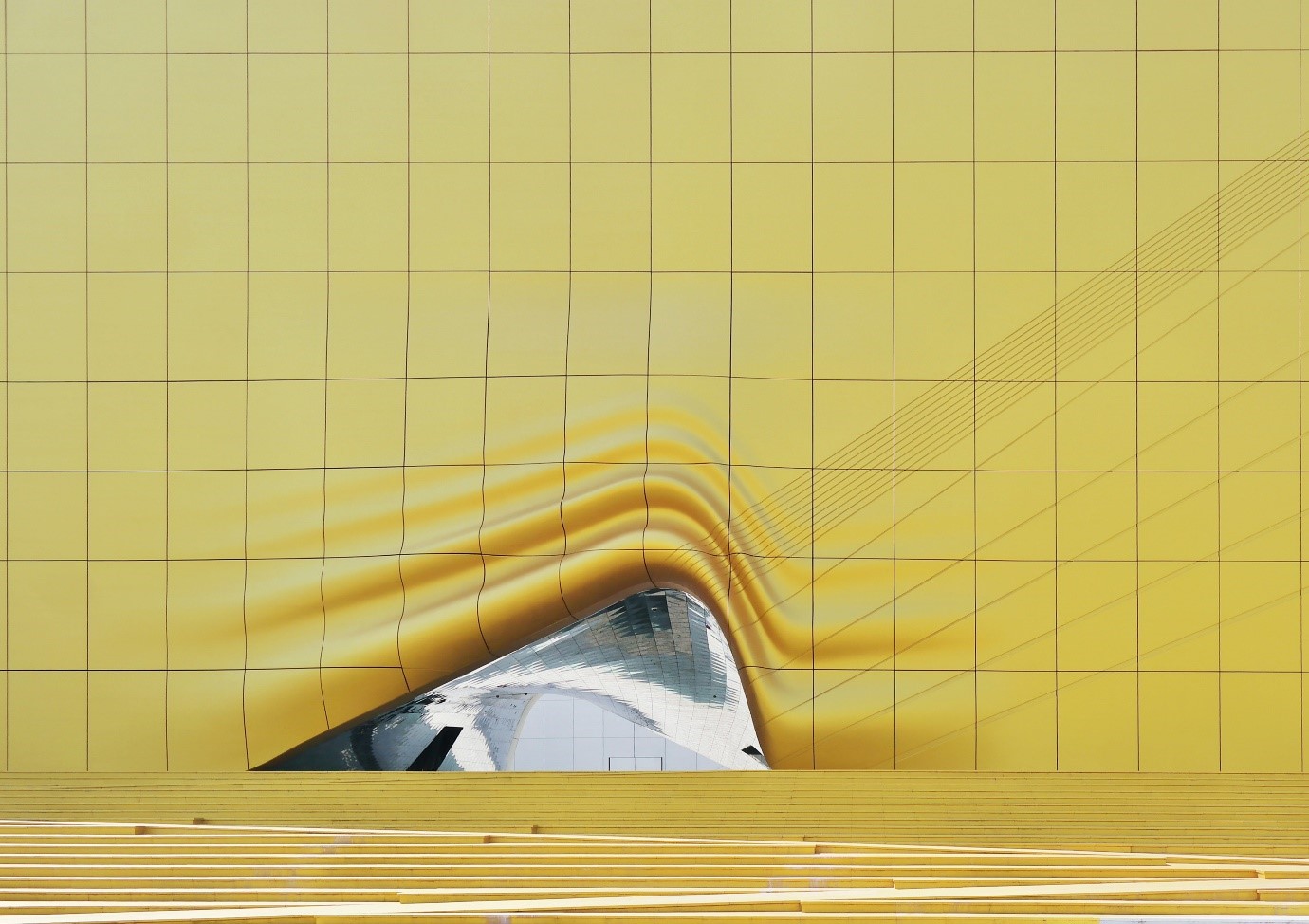
Image source Credits: Berk Ozdemir
Spaces are an articulation of experiences that are bound by a tangible enclosure. Unfortunately, these experiences are often limited to the real-time users who avail the opportunity to visit the place, given the proximity or commute options from their station. While for the others, the enthuse for visiting and experiencing the space dwindles like a dream—this is where architectural writing comes into the play.
The power of words in architecture goes beyond the literary connotations of grammar and structure to the very depth of storytelling that is strong enough to draw a mental picture in the reader’s mind. These architectural stories are capable of projecting an angle that can be encountered by the readers, from the comfort of their home.
“Architectural writing takes the leverage of guided storytelling to take a user closer to spaces that are tucked in a far corner of the world”
The way in which these stories connect the user and the space is thus left at the hands of the writer.
The power of mental mapping through storytelling
Writing for architecture and its creations takes the hand of narrative writing to give a glimpse of the spatial experience. Such storytelling attempts begin with breaking a space into several pockets of details that are given a flow and composed into a single, coherent piece that speaks for itself. By taking a monologue character, the story builds a walkthrough of the space with words that are rather explanatory than fancy.
Architectural writing is not just a voice for the rigid reality—it aims to trigger a reader’s personal whim—the capacity to imagine the space is made use of, to perceive a mental image of how the space would be, its look and feel, with respect to the original. When a space is visited, we see one image—but when we read about it we imagine different versions of it from what we read and hear. This makes the concept of spatial understanding more fluid. Yet, it is made sure that reality isn’t compromised—the play of familiarity and comparisons in the language makes sure that the imagination is closest to the real picture. References to familiar spaces like famous landmarks, typical public spaces, globally recognised concepts etc. help the readers understand the space better, given the influence of conscious and subconscious memory. A space is thus internalized as an existential story.
The craft behind decoding the architect’s vision
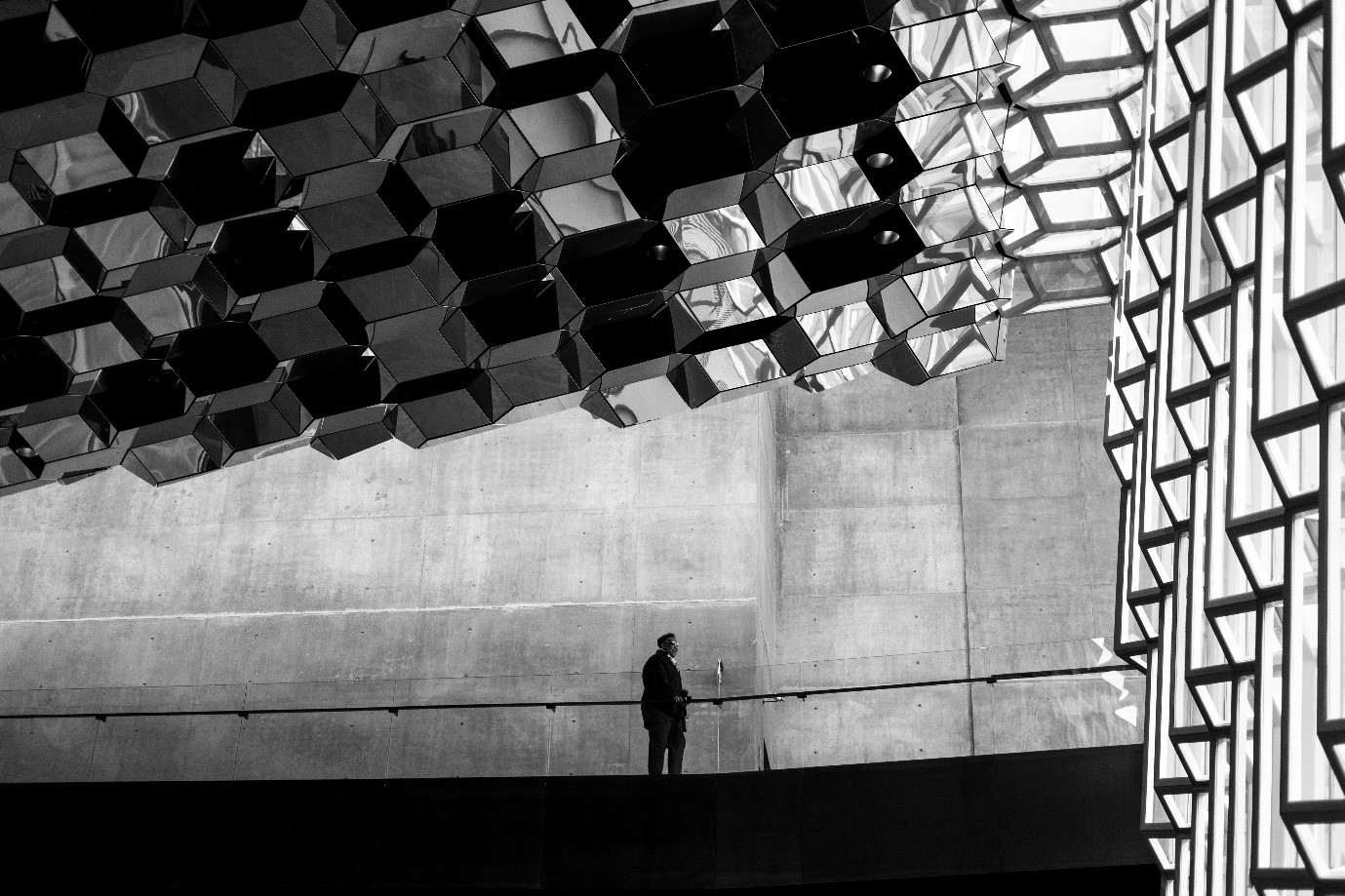
Image source Credits: Ezra Comeau
Crafting spaces and crafting words share a common goal—doing justice to the idea. Writing for architectural spaces stands with this principle and supports the original idea of the architect who is behind the creation of a particular space. The concept of the space is translated from the architect’s own rhetoric and developed into a reader-friendly material that best interacts with the common population. Such written materials give the readers the benefit of knowledge with simplified language and layman terms that defines the logic behind the architect’s eye.
Parallelly, the excerpts of the architect’s words are brought out as quotations that come out as a means of their self-expression. Illustration of individual styles, with or without hand-drawn sketches from their scribble pad, gives a wider meaning to the idea. The consolidation of style statements, challenges and constructive criticisms further extend the scope of a written piece in understanding a space.
The feat of hyper-realism with audio-visual materials
Spaces articulated with written materials often call for a glimpse of the real-time view to draw the fine line between imagination and reality. When the real picture is brought out as visual materials such as images or 3D models, the written data is validated and given a thrust for associative imagination. The speculation is given a factual balance with the intervention of audio tools such as architect interviews or video walkthroughs that deliver a virtual experience that is both whimsical and real at the same time.
On the other hand, fusing different materials with digital channels promises to take the hyper-realistic visualisation of the space to the next level. Web channels such as social media, blog sites etc. introduce new patterns of reading the written pieces with direct views, subscriptions, link sharing and more that set new goals for an architectural writing project. The resulting revamped relationship between a reader and the writer is broader and all-inclusive compared to the conventional patterns that missed the digital foothold.
The endorsement of regional styles and techniques

Image source Credits: Jan Van Der Wolf
A story of a space is underlined by its architectural language—a language that is subject-oriented and universal, free from linguistic renditions that may deliver an altered meaning when translated incorrectly. The lingo here is often restricted to a simple English and straightforward grammar that focuses on nothing but an unaltered interpretation of a space, just as the native tongue would explain it. A good architectural story transcribes the ethnic narratives in layman terms and brings the regional concepts to light. It looks past the local barriers of language—the interaction and understanding—and demonstrates the idea in a language that is understood by all. With such writing attempts, a style or technique bound to a particular region is given a chance to test the interest of readers from across the world and explore their better prospects. On the other hand, a reader is loaded with opportunities for knowledge and experimentation, drawn from the past and made for the future.
The boon of a timeless record of experiences
A physical experience differs from a mental experience in the way that it stimulates the senses and creates a memory. But human psychology suggests that words too possess the capacity to form memories—narrative writing forms episodes of memories that are stored in our mind—both as hints and details that will come together when the space is recalled. The experiences read from an architectural story are thus recorded in a sequential pattern that is capable of entering the long-term memory.
While a physical experience is timed and effort-driven, a mental experience drawn by written stories revels in the timeless character—revisiting a place is made easier with a digital script or a piece of paper in the hand. All limitations of distance, travel and wayfinding are kept at bay with an effective written piece that throws a parallel view of a space.
The architectural writing practices are thus designed to give a free pass to a reader for visiting a space from anywhere at anytime. It breaks the restrictions of travel, limitations posed by language and the mere absence of the possibility to visit a place for a number of reasons and opens a reader to architectural masterpieces from across the world. The mental teleportation makes the ends meet and upholds the power of imagination and realism alike.
About the author:
Akshaya Muralikumar is an architectural writer and media strategist who believes in the power of storytelling in instilling meaning into the spaces. Coming from an architecture background, she has taken a detour into the world of content, traveling its different spheres with blog articles, web content, magazine features, newspaper publications and more that keep her engaged in both digital and print media. Under the personal brand @voice_dot_m, she is set on a journey to experiment and explore on and beyond Architecture, to its specializations and allied subjects, with an editorial edge.

